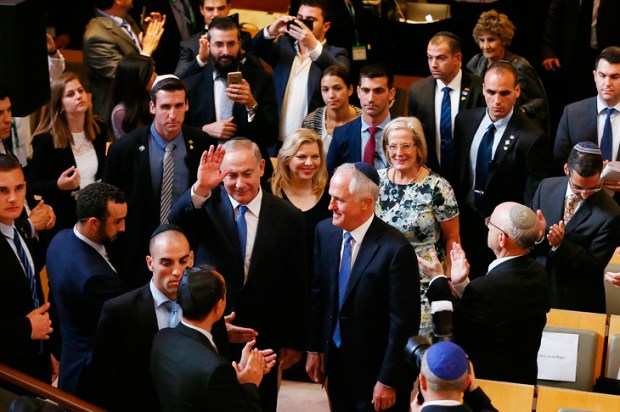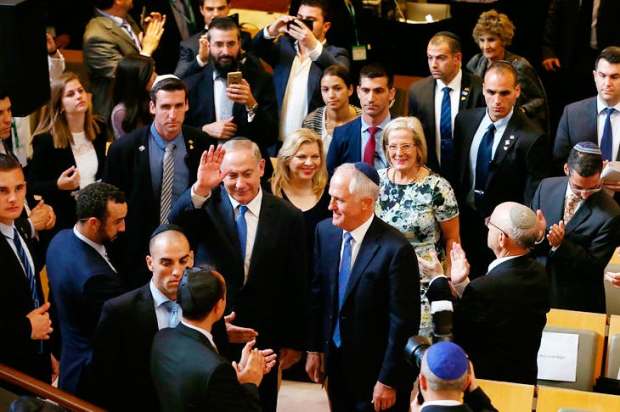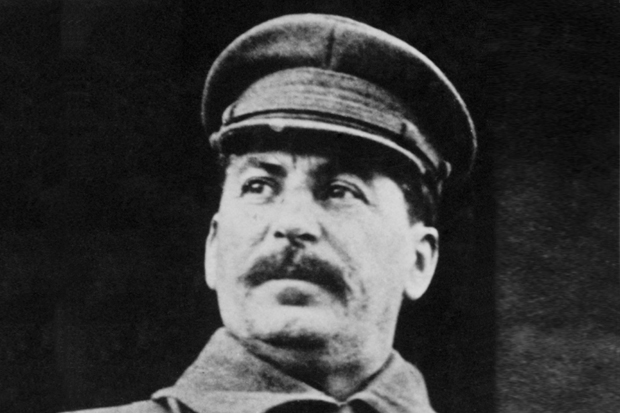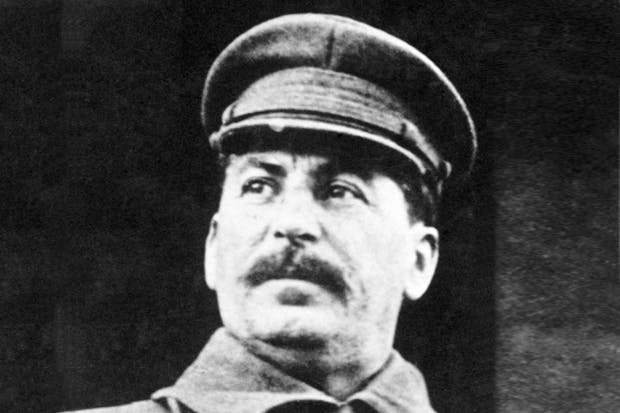It will get worse before it gets worse… This is how the head of French intelligence described the current state of world terrorism to Foreign Minister Julie Bishop. It was only a matter of time before the terrorists mounted their next major attack on France, Australia or wherever. Bishop was speaking to the annual dinner of the Sydney Institute. It was a wide-ranging, learned address. She recalled and recommended a once famous but then forgotten book of 1951- Eric Hoffer’s The True Believer. Thoughts on the Nature of Mass Movements such as Nazism, Communism or today’s Islamism and their common appeal to marginalized, self-loathing ‘misfits’. She rejoiced in the way Charlie Hebdo extended the revolutionary French slogan to become: Liberty Equality Fraternity Satire. She drew attention to the terrorists’ all-female police, the al-Khansaa Brigade, which flogs female offenders of Sharia and runs brothels for the slavery and rape of female unbelievers. She concluded that there could be no compromise. Presenting her famous death stare to her audience of 900, she declared ‘We must prevail!’ and sat down to enormous applause.
The profound public support for the Anzac Day centenary commemorations must have given pause to those critics who over the long years have presented Anzac Day as a mindless celebration of imperialism, militarism, racism, chauvinism, patriarchy, misogyny, servility, stupidity or whatever. There is a cadre of historians and writers, some on the commanding heights of Australian culture, who have worked up these themes, and it would be foolish to deny they have a following. Mervyn F. Bendle’s new polemic Anzac & Its Enemies. The History War on Australia’s National Identity (Quadrant Books) traces the rise and fall of the Anzac idea through to its current resurgence. He begins and ends with tributes to the ‘prodigious achievement’ of C.E.W. Bean, Australia’s official war correspondent in the Great War who gave shape to the Anzac legend. Bendle supports Ross Coulthart’s theme in his recent biography of Bean: the Anzacs went to war for the British Empire; they came home with a new sense of Australian identity.
Bendle also devotes a chapter to one of the most eloquent critics of the Anzac legend – former Prime Minister Paul Keating. ‘I have never been to Gallipoli, he declared, ‘and never will’. He summed up his ideas in his 2013 Remembrance Day address at the Australian War Memorial. The First World War was ‘devoid of any virtue’. It was a ‘deadly crevice’into which young Australian ‘cannon fodder’ was ‘dragooned’ for ‘shockingly flawed and incompetently executed’ campaigns. True, in the same speech Keating found a moment to refer to the ‘latent’ nobility of the Anzacs at Gallipoli and the Diggers on the Western front. But his big theme was that they had fought and died for nothing. If anything, they died fighting for England, not Australia. It was different in the Second World War when they fought for Australia against the threat of Japanese conquest. Keating kissed the ground at Kokoda. It was ‘hallowed ground.’ So let’s forget, he says in effect, about the Dardanelles and concentrate on New Guinea. You can almost hear the anti-British accents of Keating’s youthful mentor, Jack Lang, urging him on. He speaks with real conviction but there is no hint that he understands how the fate of the world was being decided in the two world wars or that if Australia had been on the losing side in those wars, if the Kaiser or Hitler had triumphed, it would have been the end of Australia as a liberal democracy. Ken Inglis in his Sacred Places quoted with fellow feeling the writer Peter Shrubb that, as a child, ‘Anzac Day was the only day of the year that had any holiness in it.’ There is no hint of this in any of Keating’s speeches. Bendle sums up Keating’s ‘eccentric views’: ‘He was given a great honour on that Remembrance Day and a great responsibility, and he failed.’ It remains a mystery that the Australian War Memorial Council has not yet been able to explain how it came to invite Keating to give his anti-Anzac keynote address on Remembrance Day in 2013.
One of Bendle’s themes is that the resurgence of Anzac Day owes its impetus to a reaction against the official attempts to diminish Australia Day on its bicentenary in 1988. Not wanting it to celebrate ‘a white wank’ or the British ‘invasion’ of 1788, the Hawke government distanced itself from the bicentenary, leaving a void which two years later in 1990 it hoped to fill with a reassertion of the Anzac legend on its seventy-fifth anniversary – often remembered for the fine speech Prime Minister Hawke delivered at Gallipoli. There may be some truth in Bendle’s speculation. But it is not how I remember Australia Day 1988. The government did indeed distance itself from the bicentenary so as not to offend sundry minorities, but its best or worst efforts could not undermine the celebrations. On January 26 in Sydney, on a glorious summer day, a million people packed the streets around the Harbour to welcome the arrival of a replica of the First Fleet and the advent of the West, with its obvious defects but enormous promise. It was an intoxicating moment. The government missed it. The public did not.
While in Paris Julie Bishop called on Charlie Hebdo to present them with the original of David Pope’s famous cartoon in the Canberra Times of the murders. (‘They drew first.’) It now hangs on the wall of the Charlie Hebdo office – the only cartoon in the world to do so.
Got something to add? Join the discussion and comment below.
Get 10 issues for just $10
Subscribe to The Spectator Australia today for the next 10 magazine issues, plus full online access, for just $10.













Comments
Don't miss out
Join the conversation with other Spectator Australia readers. Subscribe to leave a comment.
SUBSCRIBEAlready a subscriber? Log in